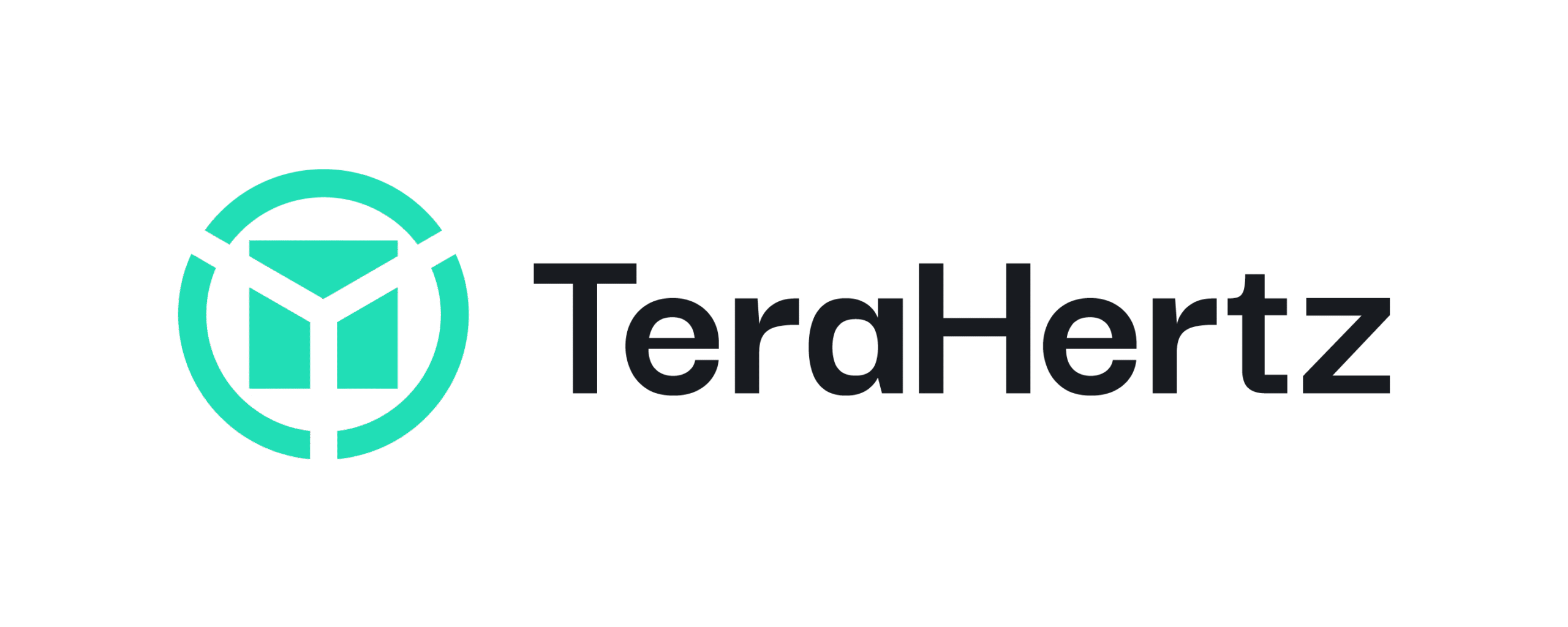Project Objectives
The TeraHertz project is built around eight interlinked objectives that reflect a logical progression from fundamental research to applied technology and market impact. Each objective corresponds to a dedicated Work Package (WP), enabling efficient coordination and delivery of results.
Objective 1:
Research and Training Programme Organization
This objective aims to establish an integrated framework for international and intersectoral collaboration through staff exchanges (secondments). It supports knowledge transfer, advanced researcher training, and the coordination of joint scientific efforts. A key focus is the development of personalized secondment plans, network-wide training activities, and continuous professional development for both early-stage and experienced researchers.
Objective 2:
Material Selection for THz Applications
This objective involves a comprehensive review of the current landscape of dielectric and semiconductor crystalline materials, including nanoporous matrices. It focuses on the identification, synthesis, or acquisition of materials with optimal properties for THz wave interaction. The selected materials will serve as the foundational elements for the design of THz control devices, with special attention to their availability, stability, and integration potential.
Objective 3:
Characterization of Materials in the THz Spectrum
This objective focuses on developing and implementing precise experimental methodologies to characterize materials within the THz frequency range. Parameters such as transmission, absorption, dielectric constant, loss tangent, and refractive indices will be thoroughly assessed. The characterization phase will provide critical input for selecting and optimizing materials suitable for THz modulation and wave control technologies.
Objective 4:
Analysis of Spatial Anisotropy and Simulations
This objective addresses the three-dimensional analysis of spatial anisotropy in selected crystalline and composite materials. Using custom-developed simulation tools, the team will model induced optical effects to determine the most effective geometries for device performance. These insights will inform material selection and device design, ensuring optimal THz interaction and enhanced efficiency.
Objective 5:
Fabrication of Tailored Nanocomposites and Coplanar Structures
This objective focuses on the synthesis and engineering of novel crystalline nanocomposites and semiconductor coplanar waveguide structures with tailored anisotropic properties. The fabricated materials will be evaluated for their electro-optic, piezo-optic, and acousto-optic performance under THz excitation. This work lays the groundwork for integrating these materials into advanced THz modulators.
Objective 6:
Prototype Development and Evaluation
This objective involves the design, fabrication, and testing of laboratory-scale prototypes of quasi-optoelectronic cells. These devices will be based on bulk crystals, nanocomposites, and coplanar semiconductor structures developed in earlier stages. The prototypes will be evaluated for modulation performance, stability, and compatibility with practical THz system applications.
Objective 7:
Commercialization Strategy
This objective transforms the project’s scientific and technological outcomes into tangible innovations. It includes market research, stakeholder engagement, intellectual property protection, and development of commercialization pathways. The goal is to prepare the THz control technologies for industrial uptake, aligning them with market needs in sectors such as telecommunications, security, and medical diagnostics.
Objective 8:
Dissemination, Communication, and Public Engagement
This objective ensures the broad visibility and impact of the TeraHertz project through strategic dissemination and outreach. Activities include scientific publishing, public communication, development of open-access repositories, and engagement with end-users and the general public. The project also promotes open science principles, gender balance, and long-term collaboration across academia and industry.
